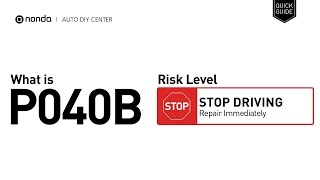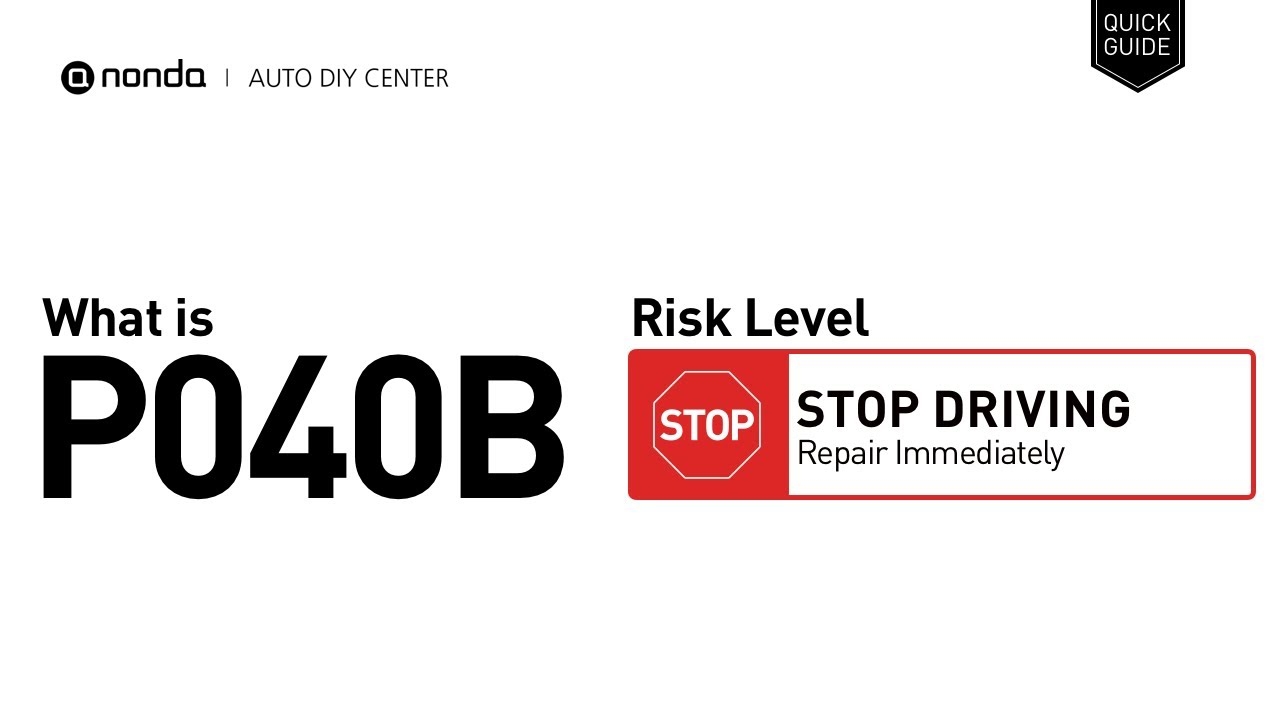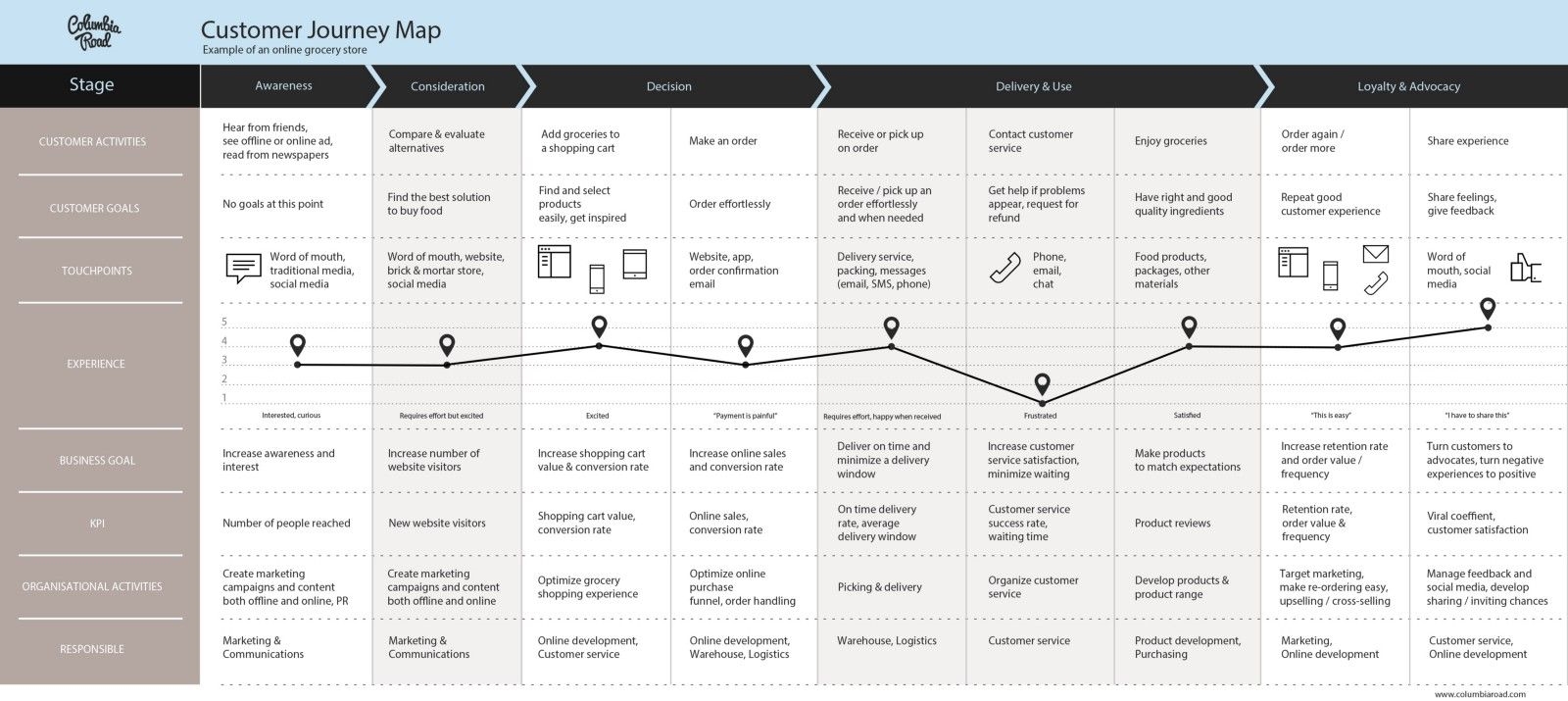
An Overview of the P040B64 OBD-II Trouble Code
When it comes to understanding and diagnosing your car’s issues, the P040B64 OBD-II trouble code can be a cause for concern. This code specifically pertains to the Exhaust Gas Recirculation Temperature Sensor B Circuit Range or Performance problem. In simpler terms, it indicates an issue with the EGR system temperature sensor.
What is the EGR system and its purpose?
The Exhaust Gas Recirculation (EGR) system is an essential part of your vehicle’s emission control system. Its primary purpose is to reduce nitrogen oxide (NOx) emissions by recirculating a portion of exhaust gases back into the combustion chamber, where they mix with the incoming air-fuel mixture. This process helps lower the combustion temperature, reducing the formation of harmful pollutants.
Common symptoms of a P040B64 OBD-II trouble code
When your vehicle’s onboard diagnostics system detects a problem within the EGR system temperature sensor, it triggers the P040B64 trouble code and notifies you through the check engine light. Some common symptoms of this code may include:
- Check engine light illumination
- Reduced engine performance or power
- Engine misfires or hesitation
- Inconsistent fuel economy
- Failed emissions test
Possible causes of a P040B64 OBD-II trouble code
Several factors can contribute to the appearance of the P040B64 trouble code. These can include:
- Malfunctioning EGR temperature sensor
- Short or open electrical circuit in the EGR system
- Carbon buildup or blockage in the EGR passages
- Faulty EGR valve
- Issues with the vehicle’s computer or wiring
Diagnosing and repairing the P040B64 OBD-II trouble code
If you’re experiencing any symptoms associated with the P040B64 code, it’s crucial to address the issue promptly. While it’s possible to troubleshoot and fix this problem on your own, it’s recommended to seek the assistance of a professional mechanic. Here’s a rough guide on how to diagnose and repair the code:
- Perform a visual inspection of the EGR system components
- Use a scan tool to retrieve the trouble code and freeze-frame data
- Inspect the EGR temperature sensor and related electrical connections
- Clean or replace any components that are faulty or contaminated
- Clear the trouble code and test-drive the vehicle to ensure the issue is resolved
Remember, resolving the P040B64 trouble code promptly is crucial to prevent any further damage to your vehicle and ensure it remains compliant with emissions standards.
In conclusion
The P040B64 OBD-II trouble code related to the EGR system temperature sensor can be a cause for concern. Understanding the basics of this code, its symptoms, and possible causes can help you diagnose and resolve the issue effectively. If you’re unsure or not confident in your troubleshooting skills, it’s always best to consult a professional mechanic for assistance.
| Common Symptoms | Possible Causes |
|---|---|
| Check engine light illumination | Malfunctioning EGR temperature sensor |
| Reduced engine performance or power | Short or open electrical circuit in the EGR system |
| Engine misfires or hesitation | Carbon buildup or blockage in the EGR passages |
| Inconsistent fuel economy | Faulty EGR valve |
| Failed emissions test | Issues with the vehicle’s computer or wiring |

Common Causes and Symptoms of the P040B64 OBD-II Trouble Code
Understanding the P040B64 OBD-II Trouble Code:
The P040B64 OBD-II trouble code is a generic code that indicates an issue with the Exhaust Gas Recirculation (EGR) B Flow. When this code appears, it means that the EGR system is not functioning properly, which can affect the overall performance of the vehicle.
Causes of the P040B64 OBD-II Trouble Code:
- Blocked or clogged EGR valve
- Faulty EGR temperature sensor
- Malfunctioning EGR pressure sensor
- Carbon buildup in the EGR system
- Defective EGR solenoid
- Wiring issues or electrical faults in the EGR system
Symptoms of the P040B64 OBD-II Trouble Code:
When the P040B64 OBD-II trouble code is present, you may experience one or more of the following symptoms:
- Check Engine Light (CEL) is illuminated
- Reduced engine performance, including decreased power and acceleration
- Inconsistent or rough idle
- Increase in fuel consumption
- Failed emission test
Dealing with the P040B64 OBD-II Trouble Code:
If your vehicle’s diagnostic system detects the P040B64 OBD-II trouble code, it is important to address the issue promptly to prevent further damage to the engine and reduce fuel efficiency. Here are some steps you can take:
1. Check for EGR system blockages:
Inspect the EGR valve and clean or replace it if necessary. Ensure that there are no obstructions or clogs in the EGR system, such as carbon buildup.
2. Test the EGR temperature and pressure sensors:
Using a diagnostic tool, check the functionality of the EGR temperature and pressure sensors. Replace any faulty sensors to restore the proper functioning of the EGR system.
3. Inspect and repair wiring issues:
Check the wiring connections in the EGR system for any loose connections or damaged wires. Repair or replace as needed.
4. Clear the trouble codes:
Once the necessary repairs have been made, use a diagnostic tool to clear the trouble codes and reset the engine system. This will turn off the Check Engine Light and allow you to monitor if the issue persists.
5. Regular maintenance:
To prevent future occurrences of the P040B64 OBD-II trouble code, it is important to perform regular maintenance on your vehicle. This includes regular cleaning of the EGR system and following the manufacturer’s recommended maintenance schedule.
In conclusion, the P040B64 OBD-II trouble code indicates an issue with the EGR system B Flow. By properly addressing the causes and symptoms of this code, you can restore the performance and efficiency of your vehicle.
| Key Points: |
|---|
| – The P040B64 OBD-II trouble code relates to the EGR system B Flow. |
| – Common causes include a blocked EGR valve, faulty sensors, carbon buildup, or wiring issues. |
| – Symptoms may include a check engine light, reduced engine performance, and increased fuel consumption. |
| – Proper maintenance and timely repairs are essential to prevent further damage and ensure optimal vehicle performance. |
How to Diagnose, Fix, and Clear the P040B64 OBD-II Trouble Code
Introduction
If you’re reading this, chances are you’ve encountered the P040B64 OBD-II trouble code. Don’t panic! In this comprehensive guide, we’ll provide you with step-by-step instructions on how to diagnose, fix, and clear this code. By following our expert advice, you’ll be able to resolve this issue and get your vehicle back on the road in no time.
Understanding the P040B64 Code
The P040B64 code indicates a problem with the exhaust gas recirculation (EGR) B circuit range or performance. It means that the EGR system in your vehicle is not functioning optimally, leading to potential engine performance issues and increased emissions. It’s crucial to address this code promptly to prevent further damage to your vehicle.
Diagnosing the Issue
Before diving into any repairs, it’s essential to accurately diagnose the problem. Here are the steps you should follow:
- Use an OBD-II scanner to retrieve the trouble code and any accompanying freeze-frame data.
- Inspect the vacuum hoses connected to the EGR valve for any leaks or damage. Replace if necessary.
- Check the electrical connections and wiring related to the EGR system for any loose connections or corrosion. Repair or replace as needed.
- Test the EGR valve’s functionality using a multimeter or a vacuum pump. Refer to your vehicle’s service manual for detailed instructions.
- Inspect the EGR position sensor for any signs of malfunction. Replace if necessary.
Fixing the P040B64 Code
Once you’ve identified the cause of the trouble code, it’s time to fix the issue. Here are some common solutions:
- Clean the EGR valve thoroughly to remove any carbon buildup or debris that could be preventing it from functioning correctly.
- Replace the EGR valve if cleaning doesn’t resolve the problem. Ensure you get a high-quality replacement part compatible with your vehicle’s make and model.
- Repair or replace any damaged or malfunctioning components in the EGR system, including sensors, hoses, and electrical connections.
- Reset the trouble code and monitor your vehicle’s performance to ensure the issue has been resolved.
Clearing the Trouble Code
Once you’ve fixed the underlying issue, it’s crucial to clear the trouble code and reset your vehicle’s onboard computer. Here’s how:
- Disconnect the negative terminal of your vehicle’s battery for approximately 15 minutes.
- Reconnect the negative terminal and start your vehicle. Ensure all systems are operating correctly, and the trouble code is no longer present.
- If the code reappears after clearing, there may be an ongoing issue that requires further investigation or professional assistance.
In Conclusion
Dealing with the P040B64 OBD-II trouble code can be a daunting task, but armed with the right knowledge and steps, you can easily overcome it. By accurately diagnosing the issue, fixing any underlying problems, and clearing the trouble code, you’ll ensure your vehicle’s optimal performance and longevity. Remember to refer to your vehicle’s service manual for specific instructions and reach out to a professional if needed. Safe travels!
